A NARRATIVE THAT ATTEMPTS TO SHOW THE CIVIL WAR AS IT WAS EXPERIENCED BY SOLDIERS IN one of Michigan's most distinguished combat regiments requires first-person accounts, and this true story of the 4th Michigan Infantry contains many voices of the men who served in it. These mainly come from soldiers' letters to their friends and families, many published in their hometown newspapers, but also from their diaries, reports, and reminiscences.
This is not the complete story of any one of these individual soldiers, of course. But from their experiencesand those of the people who served with them, commanded them, reported on them, and fought themwe attempted to construct a history of the 4th Michigan that was more than a recitation of marches and maneuvers and positions on battlefields, but one that was human and personal. We hope the picture that will emerge from these pages is not of marble statue heroes or nameless men in sepia portraits, but one of real people who walked the streets of your hometown 150 years ago, or farmed the fields where your neighborhood now standsmen who volunteered, got sick, suffered, died, did heroic things, and who were afraid and lonely. We hope the narrative informs their role in some of the most important battles of the warsometimes when they were in the very thick of the fighting, and sometimes when they weren't. Yet we have tried not to always view them under a microscope, isolating them fromthe rest of the war, but to put them in context of events. And we tried to present this regiment's story accurately, avoiding sentimental and romantic excesses that sometimes characterized Civil War era journalism and historical writing. We have retained the sometimes irregular spelling, punctuation, and grammar of the original documents.
Acknowledgments
WE ARE INDEBTED TO MANY DESCENDANTS OF THE 4TH MICHIGAN'S SOLDIERS AND CIVIL WAR collectors who shared unpublished sources. Jeff Phelps provided us with transcripts of the letters of Charles Phelps, while Robert Walkowiak permitted us to quote from the diary of his ancestor, Irvin Miner. A collector who asked not to be identified provided us with copies and transcripts of the letters and diary of Silas Sadler, the diary of Charles Doolittle, the letters of Charles J. Fox, and other items. Glen McQueen allowed the use of the George Millens diary.
Steve Roberts permitted us the use of the first two diaries of his relative, Henry S. Seage, while another family member, John DeVinney, kindly allowed us to quote from Henry's third diary. Thomas Spain let us quote Edgar Noble's diary. Craig and Ann Emery and Hal Flynn provided the memoir of Harrison Daniels. Edgar A. Luce Jr. let us draw from the memoir written by his grandfather, Moses Luce, as well as copies of biographical materials and articles about him. Nancy Findley provided transcripts of letters by Lemuel Allen, while Lynn Bryant provided letters by Noah Cressey. Steve Bucher and Rose Miller shared transcripts of letters of David Webster. Kenneth D. Andrews provided us a copy and transcript of a remarkable letter written by Albert Westgate.
Special thanks go to Hazel Pray Monahan, curator of the Hudson Museum in Michigan; to the late William F. Heckert of Kokomo, Indiana, who, long before we undertook this project, hadfor years researched the 4th Michigan Infantry; and to our friends Bob Coch and Dale Niesen, who have helped so many authors and researchers into Michigan's Civil War past and who have once again helped us. And we acknowledge the assistance of John Heiser of the Gettysburg National Military Park; Kerry Chartkoff, expert on Michigan's regimental Civil War flags; Robert Krick, historian of the Richmond National Battlefield Park, and Donald Pfanz, historian of the Fredericksburg and Spotsylvania National Military Park; John Gibney, David C. Ingall, and Chris Kull of the Monroe County (Michigan) Historical Museum; Mark Patrick, formerly of the Detroit Public Library; and Don Harvey and Ed and Lois Russell of Michigan in the War web site. We also thank Trevor K. Plante of the National Archives; Terry Reimer of the National Museum of Civil War Medicine; and Joyce Hicks of Auburn University for their assistance with our research questions.
In Michigan, we thank Karen Jania of the Bentley Historical Library, Kim Leese, Lee Lewis, Ray Lennard, Janine Delcamp, Dave Prince, Dan Eleson, Greg and Patty Martin, Roxie Lee Halloway, Cary Russo, Steve Lutz, Butch Miller, Gary Holmes, Bob Elliott, William Jerdan, Bill Haversack Hanusik, Charlie Middleton, Gregory Mahar, Timothy Twiss, William P. Watson, Bessie Boise Haight, Herb E. Hochraldel, Larry Houghton, Norma McAllister, Al Coe, Larry Cymbola, Ken Oberholtzer, Tom Hout, Brian Benson, Dan Flynn, George Dupuie, Steve Magina, Doug Truitt, Jim Zuieski of the Ella Sharp Museum in Jackson, Linda Kronberg, Julia Smith, Wesley E. Powers Jr., Timothy Curtis, Ruth A. Merriweather, Leonard Overmyer III, Karen and Daniel Pardee, Bob Windon, Juliet Smith, Gary Neil Sexton, Rick Rice, Patrick Freeman, Gary Drake, Bill Carr, and Bill Christen.
We must also acknowledge the assistance of Dee Seadler, Jim Green, and Jon Deiss in Maryland; Ed Wenzel, Deborah Petite, Elmer Woodward, Brian Pohanka, Dr. John T. Daily, and Thomas P. Lowry in Virginia; Alex Dalgleish and Brent Vossberg in New York; Bob Minton and Peter J. D'Onofril in Ohio; Nancy Curtis, Sue Peterson, Corky Reed, Anita Crabtree, and Donnalyn Bancroft Yates in California; Bill Clark and family, Pennsylvania; Dolores Jones in Tennessee; Cecile Vreeland and Sharon Mershon in Oregon; Robert Vreeland and Linda Dahle in Washington state; Kathryn Harris Aragon in New Mexico; Jackie Wood in Oklahoma; Gene E. Salecker, Illinois; Diane Farnsworth, Texas; Peggy Munoz, Montana; Patricia Davidson-Peters, Arizona; and William C. Floyd, Maryland.


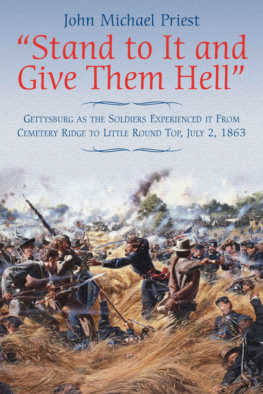
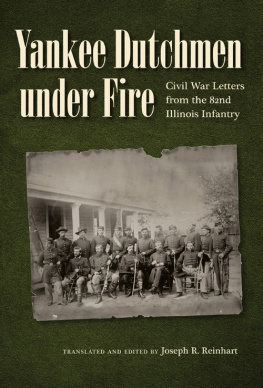

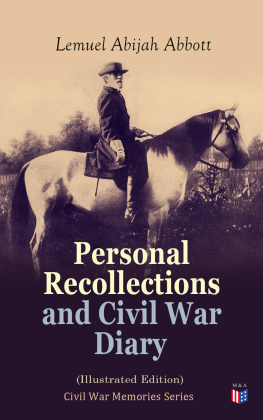
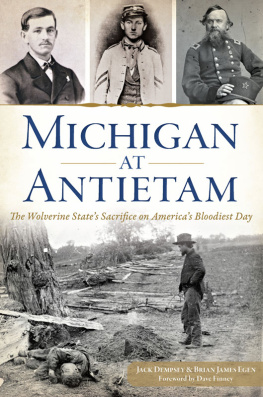
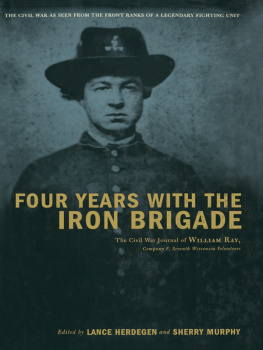
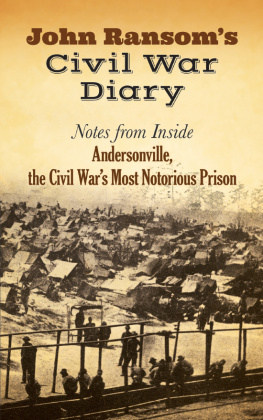
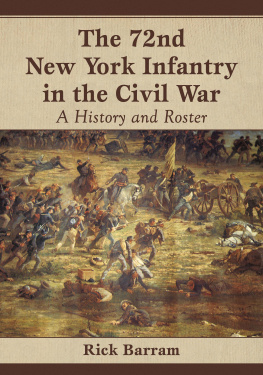

 The paper used in this publication meets the minimum requirements of ANSI/NISO Z39.48-1992 (R 1997) (Permanence of Paper).
The paper used in this publication meets the minimum requirements of ANSI/NISO Z39.48-1992 (R 1997) (Permanence of Paper).

